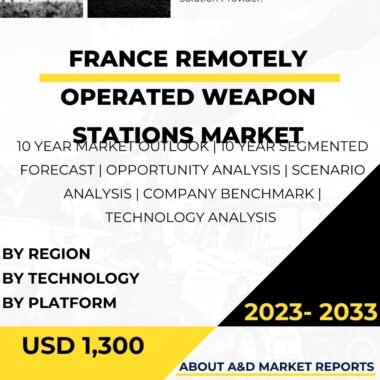Description
Land platforms play a crucial role in the United States military’s ground operations, providing the necessary mobility, firepower, and protection to achieve mission success. These platforms encompass a wide range of vehicles and equipment used across various branches of the U.S. military, including the Army, Marine Corps, and Special Operations Forces.
One of the most iconic land platforms in the U.S. military is the Main Battle Tank (MBT). The U.S. Army operates the M1 Abrams, a formidable and heavily armored tank designed for armored warfare. The M1 Abrams is equipped with a powerful 120mm smoothbore gun, advanced fire control systems, and composite armor, making it one of the most potent and well-protected tanks in the world. The tank’s mobility and firepower enable it to engage enemy armored forces, provide cover for friendly forces, and secure critical objectives on the battlefield.
Another critical land platform used by the U.S. Army is the Armored Personnel Carrier (APC). The M2 Bradley is a prominent example of an APC employed by the Army’s mechanized infantry units. The Bradley is designed to transport infantry soldiers and provide close fire support with its 25mm chain gun and TOW anti-tank missiles. Its amphibious capabilities allow it to operate in various environments, making it a versatile and valuable asset for ground operations.
The U.S. Marine Corps also relies on land platforms, such as the Amphibious Assault Vehicle (AAV). The AAV is specifically designed for ship-to-shore operations, enabling Marines to conduct amphibious assaults and establish beachheads in expeditionary warfare. The AAV can carry Marines from ships offshore to the beach, providing vital mobility and tactical advantages in amphibious operations.
In addition to tanks and armored vehicles, the U.S. military employs various other land platforms, including self-propelled artillery systems, rocket launchers, and mobile command centers. The M109 Paladin self-propelled howitzer is an example of a critical artillery platform in the U.S. Army. The Paladin’s 155mm howitzer provides long-range artillery support to ground forces, allowing for precise and devastating firepower against enemy positions.
Furthermore, the U.S. military operates a diverse fleet of engineering and support vehicles. These platforms include combat engineering vehicles, mine-clearing vehicles, and bridge-laying vehicles, which play vital roles in supporting ground forces during combat and in overcoming obstacles on the battlefield.
The U.S. Army also utilizes land platforms for reconnaissance and intelligence-gathering missions. Light tactical vehicles, such as the High Mobility Multipurpose Wheeled Vehicle (HMMWV or Humvee), are often employed by reconnaissance and scout units to gather critical information on enemy movements and terrain conditions.
While traditional land platforms have been the backbone of the U.S. military’s ground operations, the emergence of new technologies is driving innovation in land warfare. The U.S. military is actively exploring and developing autonomous and unmanned ground vehicles to enhance operational capabilities and reduce risks to personnel. Unmanned ground vehicles (UGVs) have the potential to perform a wide range of tasks, including reconnaissance, surveillance, logistics support, and mine-clearing operations.
Moreover, the integration of advanced sensors, communication systems, and artificial intelligence in land platforms is transforming how ground forces operate. The U.S. military is investing in research and development to create “smart” land platforms capable of autonomous decision-making, adaptive responses to changing battlefield conditions, and effective communication with other platforms and command structures.
To ensure the continued effectiveness of land platforms, the U.S. military prioritizes maintenance, upgrades, and modernization. Older platforms are often refurbished and fitted with the latest technologies and armor protection to extend their service life and maintain their relevance on the battlefield.
In conclusion, land platforms are critical assets in the United States military’s ground operations, providing the mobility, firepower, and protection necessary for mission success. From main battle tanks and armored personnel carriers to self-propelled artillery and engineering vehicles, land platforms play diverse and vital roles in ground warfare.
As technology continues to evolve, the U.S. military is exploring new possibilities in land warfare through the integration of unmanned and autonomous ground vehicles, as well as advanced sensor and communication systems. These innovations hold the potential to revolutionize ground operations, providing greater situational awareness, adaptability, and efficiency in modern conflicts.
The U.S. military’s ongoing commitment to maintaining and modernizing its land platforms ensures that ground forces have the capabilities they need to meet the challenges of the ever-changing and complex global security environment. Land platforms will continue to be a central pillar of the United States’ ground-based military operations, supporting the defense of the nation’s interests and the protection of its allies.




